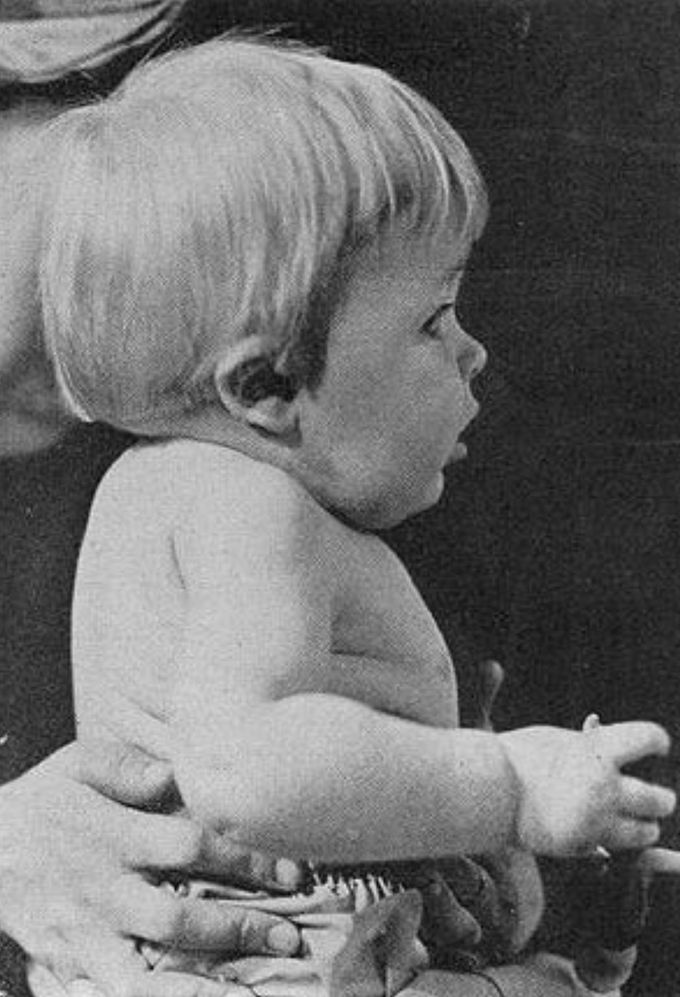


Klippel-Feil syndrome
The Klippel-Feil syndrome is a congenital anatomical defect in the neck, which includes fusion of two or more cervical vertebrae. There have already been discussed several hypotheses concerning the origin of the abnormality. The following hypotheses are primary vascular disruption, global fetal insult , primary neural tube anomaly, genetic predisposition and at last facet joint segmentation failure. It is also possible that the syndrome is the result of maternal alcoholism, due to fetal alcohol syndrome. People with Klippel-feil in general appear to have a “short neck” with a low hairline due to the fusion of several cervical vertebrae. Together with this short neck, there are skin folds passing to the shoulders, due to the fusion of the cervical spine. Because of the fusion there is also a decreased mobility in the neck. Particularly side-to-side movements and rotational movements are difficult to execute. Flexion and extension movements are also limited, but less severe.

